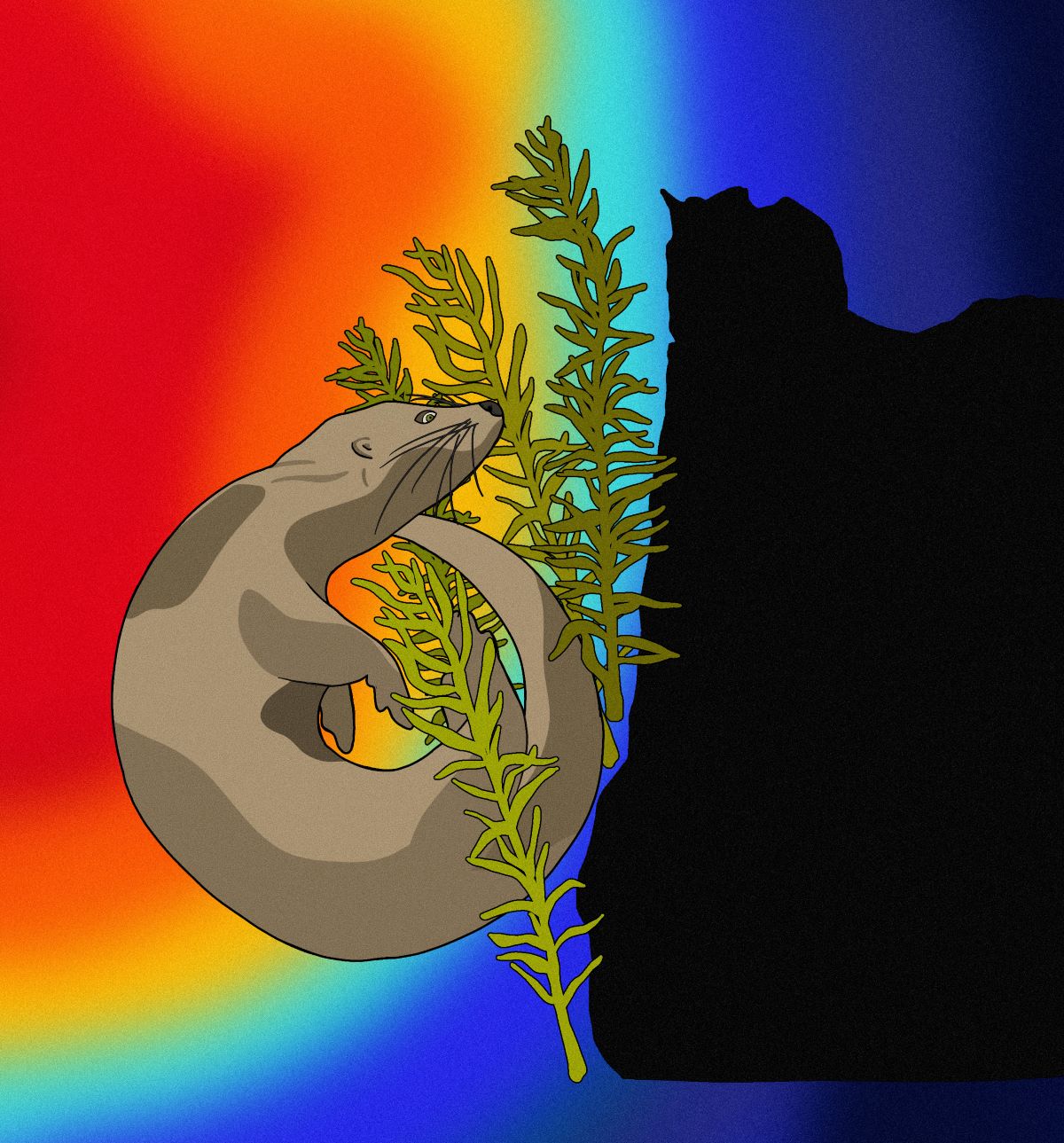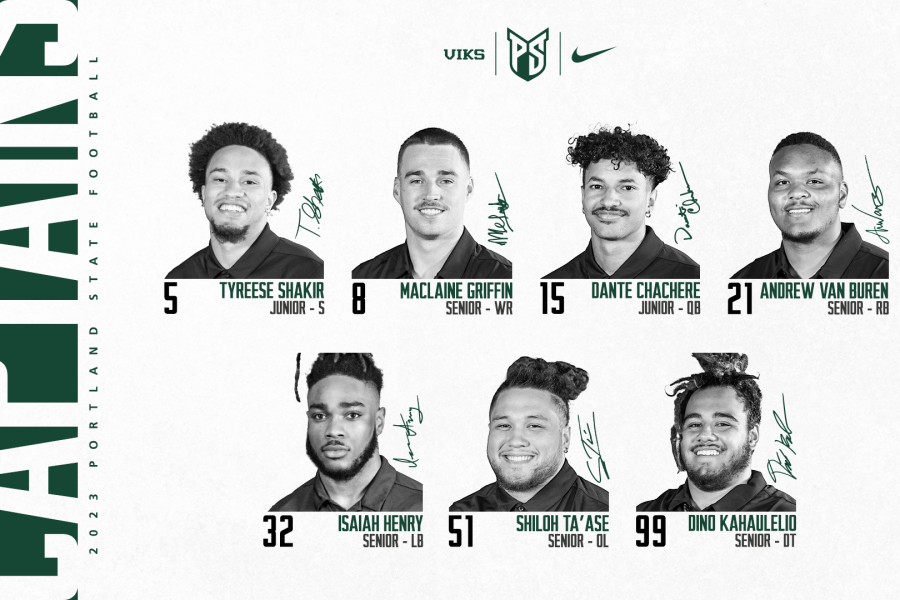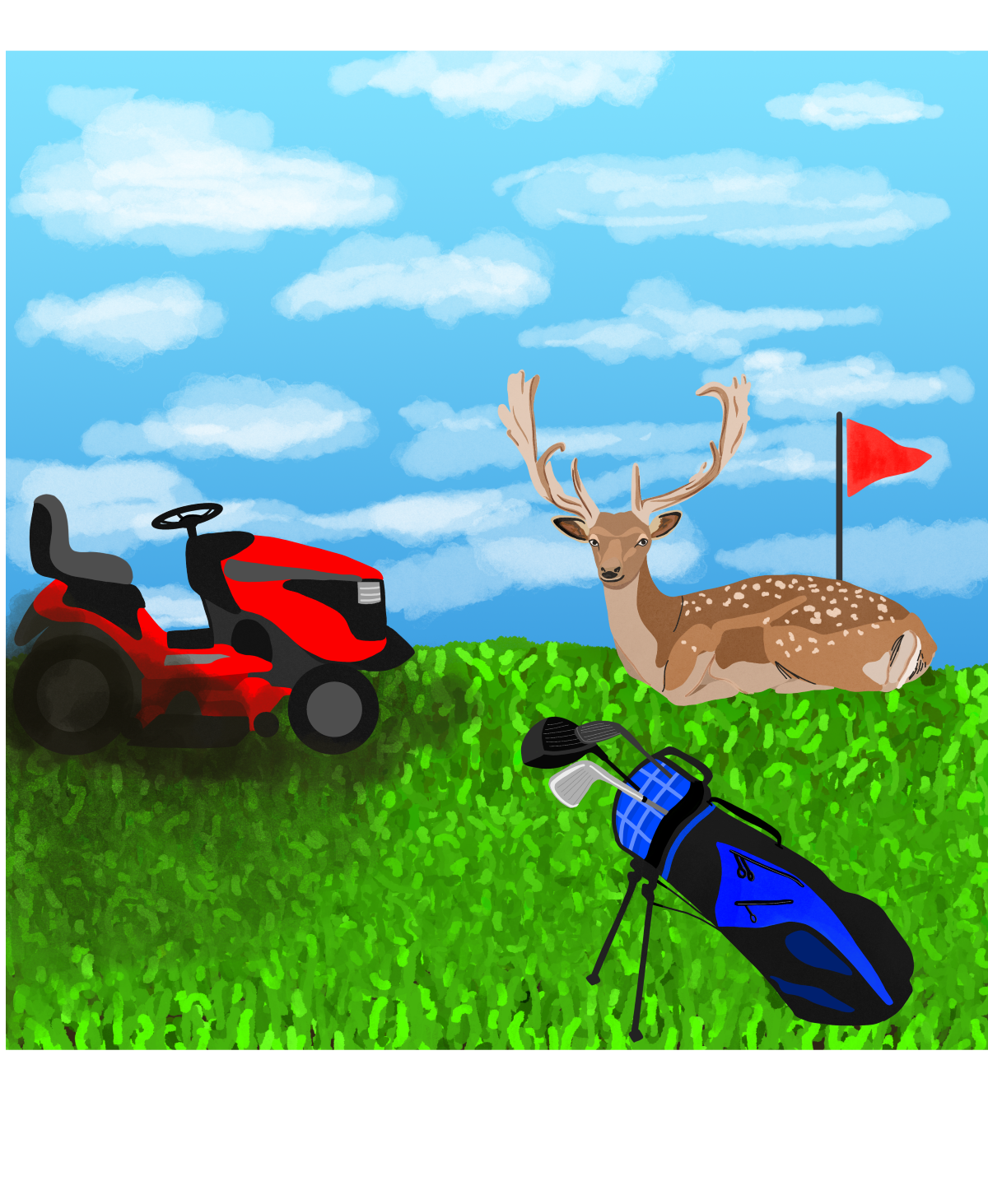Otters are a keystone species. Over the past 100 years, however, they have become absent from large sections of their historical range. In the past, attempts at reintroducing otters in Oregon did not result in successful population establishment. As a result, we are seeing groups focus on a possible reintroduction again with more advanced tracking techniques and cultural competency.
Keystone species like otters are vital to maintaining the balance of the ecosystem. “When you take [sea otters] out of it, [an ecosystem] may exist, but it’s far more fragile and vulnerable,” said Jane Bacchieri, executive director of the Elakha Alliance—an organization working to restore a healthy population of sea otters to the Oregon coast. “As we’ve seen from the sea star wasting disease where the sunflower sea stars went away. All of a sudden, you did not have a robust predator for sea urchins.”
When one removes keystone species such as sea stars or otters, the populations of grazers expand to unhealthy levels, like with sea urchins. “Sea otters were removed, then sea stars all died off,” said Andrew Johnson, representative of Defenders of Wildlife. “Suddenly, there were no urchin predators, and the urchins took over in a very short time. They chowed down all the kelp, and the whole system collapsed.”
Kelp is not just a food resource for marine life. It also provides hiding spaces and habitats for various species. “Sea otters—because they’re a protector of the kelp—if they’re part of a system where you’ve got healthy kelp or recovering kelp, they could certainly help maintain or protect emerging kelp forests,” Bacchieri said.
With a lack of otters, the balance of the coastal system becomes more unstable. Additional factors—such as climate change—impacts conditions and leads to a deteriorating ecosystem.
“Compounded by marine heat waves,” stated Dr. Michele Merola-Zwartjes, Oregon field operator with United States Fish and Wildlife Service (USFWS). “We observed the widespread loss of many kelp forests that provide habitat and food for hundreds of other species of invertebrates, fishes, seabirds, and other marine mammals.”
With future challenges connected to climate change, otters offer resilience with diversified ecosystems and flourishing marine fauna to help mitigate other elements of climate change. “Through their positive effects on seagrasses and kelp, sea otters build resilience by enhancing carbon uptake and storage (seagrasses and kelp are extremely efficient at carbon capture through photosynthesis),” Dr. Merola-Zwartjes stated. “Reducing ocean acidification on a local level, and buffering shorelines from erosion (seagrasses and kelp reduce wave energy).”
Johnson spoke about his understanding where otter ecosystem restoration has occurred. “A lot of the research—the early days research—[was] done up in Alaska,” he said. “You can really see areas with sea otters and areas without sea otters. There’s a huge difference in the growth of kelp, [and] the flourishing of those ecosystems.”
“Settler’s use [of otters] was the maritime fur trade,” Bacchieri said. “They were killing them. By the time we had an awareness of the role of sea otters as a keystone species to the importance of the marine ecosystem, it was way after we had decimated their population.”
Due to this impact of colonialism, tribal involvement is an essential aspect of this process of ecological restoration. Before the fur trade, tribes lived in tandem with sea otters and saw the importance of their function.
“[We are looking at] a model for basically re-empowering the tribes, bringing back tribal management and the tribal perspective to why species are important,” Bacchieri said. “Not just as part of the ecosystem, but also as part of the spiritual and cultural traditions of the people that were here before we were, and before this disruption happened to ecosystems. If we look back right now, one of the most important things is just the knowledge and stories that our tribal partners bring to our understanding about the historical population of sea otters on our coast and how they were used. If there’s an interest and a role and an opportunity and the capacity for tribes to lead this, [then] that I think is where we should be going with [the] reintroduction of species, and focus where we can help build that capacity.”
USFWS—the lead organization for the otter reintroduction project—has also focused on tribal discussion.
“We have been in communication with Tribes all along the coasts of Washington, Oregon, and northern California to keep them informed regarding the discussions of sea otter reintroduction and to invite their input and participation,” Dr. Merola-Zwartjes stated. “Several Tribes provided letters for our feasibility assessment to share their feedback with Congress, and there are several Tribes within the area of potential reintroduction consideration (Oregon and northern California) who are taking active leadership roles in the community and talking about the importance of restoring historical, cultural connections by bringing back sea otters.”
Dr. Merola-Zwartjes wants to hear from multiple populations and communities, so all people are represented and respected during this time.
We’ve seen additional public engagement in otter reintroduction with a tour of open houses hosted by USFWS, which go up north California and Oregon offer insight into community interaction with scientific state organizations.
Dr. Merola-Zwartjes attended most of these meetings and spoke of her experience, describing the open house as “an excellent forum in providing us with the opportunity to have really in-depth personal conversations one-on-one with community members.”
Some opposition to otter reintroduction includes fear of its effect on commercial crabbing. Dr. Merola-Zwartjes explained how sea otters have limited dive capabilities. They primarily hunt in shallow waters, which might negatively affect Alaska shorelines.
However, Oregon has a linear and narrow continental shelf which makes any impact on crabbing less likely. Sea otters can likely coexist with other marine life, and their consumption has small and localized effects relative to the reintroduction areas.
Though reintroduction is possible, work is still necessary to enact this possibility. “Reintroduction has not been proposed; it is only under consideration as a possibility, and we are at the very earliest stages of that consideration,” Dr. Merola-Zwartjes stated. “If it were to be proposed in the future, that would kick off a process that could take several years before any action could be taken[…] Reintroduction would be a large and complex undertaking; nothing would be likely to happen quickly.”
“The success of a reintroduction is going to depend on people,” Bacchieri said. “It’s going to depend on what they value about that animal and that ecosystem [and] their understanding of it.”
Bacchieri explained the value of human cooperation and coordination with ecological science and wildlife. “We have to be in this for the long term,” she said. “When science is devoid of that human experience and human values—you’re missing something. I think understanding can provide a basis and enhance the scientific understanding of natural resources management, and how we both maintain and improve and bring back the ecosystems that we have historically had.”






